Living Your Best Life: Tips for a Healthy Lifestyle
Nepalese Lifestyle: Spiritual, Simple, and Community-Focused
Nepal, a land where towering Himalayan peaks touch the sky, is also a place where life moves with a rhythm deeply connected to spirituality, simplicity, and community. Beyond the breathtaking landscapes and ancient temples lies a way of life that shapes the heart and soul of the Nepalese people. For travelers eager to experience something authentic and transformative, immersing in the Nepalese lifestyle offers a unique, enriching journey.
Spirituality Interwoven into Daily Life
Spirituality in Nepal is not confined to temples or monasteries—it is lived and breathed daily by millions. The coexistence of Hinduism and Buddhism creates a cultural mosaic where religious rituals, beliefs, and practices deeply influence everyday routines.
- Temples, Monasteries, and Sacred Sites: Scattered across the country, these places are more than tourist attractions—they are vibrant centers of worship, learning, and social gathering. The capital, Kathmandu, is dotted with centuries-old pagodas and stupas, such as the famous Pashupatinath Temple and Boudhanath Stupa, which pulse with spiritual energy. Visitors can witness monks chanting prayers, see pilgrims circling prayer wheels, and smell the calming scent of incense that fills the air.
- Festivals and Religious Celebrations: Nepal’s calendar is rich with festivals that mark the cycles of the lunar calendar, seasonal changes, and religious legends. Celebrations like Dashain (the biggest Hindu festival), Tihar (festival of lights), and Buddha Jayanti (celebrating Buddha’s birth) bring communities together in joyous harmony. These festivals involve colorful rituals, traditional dances, music, and communal feasts—offering travelers an immersive glimpse into Nepalese spirituality.
- Daily Rituals and Mindfulness: For many Nepalese, spirituality is expressed through simple acts—lighting a butter lamp at dawn, making offerings to household shrines, or reciting mantras. This culture of mindfulness invites travelers to slow down and observe the sacred in everyday moments.
Spiritual retreats and yoga centers, particularly around Pokhara and the Kathmandu Valley, attract seekers worldwide, offering space for meditation, healing, and deep reflection.
Simplicity: Living in Harmony with Nature
In Nepal, simplicity is not just a lifestyle choice but a reflection of respect for nature and tradition.
- Homes and Architecture: Many Nepalese live in homes made from natural, locally sourced materials such as stone, wood, and clay bricks. These homes often feature inner courtyards, which serve as gathering spaces and help moderate the climate naturally. The design reflects a thoughtful balance between human needs and environmental harmony.
- Sustainable Agriculture and Food Practices: Farming remains a primary livelihood in rural Nepal. The Nepalese practice organic and seasonal farming, growing a variety of crops suited to their terrain and climate. Meals are typically prepared fresh using ingredients sourced locally, making their diet inherently sustainable.
- Daily Life and Values: Life’s pace in Nepal is often unhurried, with a focus on family, community, and spirituality. Material possessions are modest, and there is a collective emphasis on gratitude, humility, and resilience.
Travelers find inspiration in this simplicity—where joy is found in small moments, and contentment arises from connection rather than consumption.
Community: The Foundation of Nepalese Culture
The sense of community forms the backbone of Nepalese society. Whether in urban neighborhoods or rural villages, people live interconnected lives shaped by shared customs and mutual support.
- Neighborhoods and Communal Living: In cities and villages alike, communities are organized into tight-knit groups often called “tole” or “bahal”. These neighborhoods foster collective responsibility, shared celebrations, and cooperative living. Festivals and religious events are community affairs, strengthening social bonds and cultural identity.
- Hospitality and Warmth: Nepalese hospitality is renowned. Visitors often recount experiences of being invited into homes for tea, meals, or celebrations, embraced as part of the family. This openness creates deep and lasting connections, transforming travel into friendship.
- Community-Based Tourism: Many travelers now choose homestays and community lodges that directly support local economies. These initiatives empower villages, preserve cultural heritage, and offer visitors authentic insights into Nepalese daily life.
Engaging with the community enhances the travel experience, turning it into a mutual exchange of stories, traditions, and goodwill.
Practical Tips for Travelers
- Dress Respectfully: Particularly when visiting temples, monasteries, or rural areas, modest attire is appreciated.
- Learn Basic Greetings: Simple Nepali phrases and respectful gestures go a long way in building rapport.
- Participate in Local Events: Festivals, markets, and religious ceremonies welcome visitors and provide cultural immersion.
- Choose Responsible Tourism Options: Support homestays, local guides, and fair-trade artisans to contribute positively to communities.
Conclusion
The Nepalese lifestyle—anchored in spirituality, simplicity, and community—is a treasure waiting to be experienced. For travelers, embracing these values opens the door to profound encounters and lifelong memories. Whether meditating beside an ancient stupa, sharing stories over a home-cooked meal, or celebrating vibrant festivals, Nepal invites you to slow down, connect, and discover a way of life that nurtures the soul.
Traveling in Nepal is not just about seeing the world—it’s about feeling it deeply and becoming part of its enduring story.
Share this content:
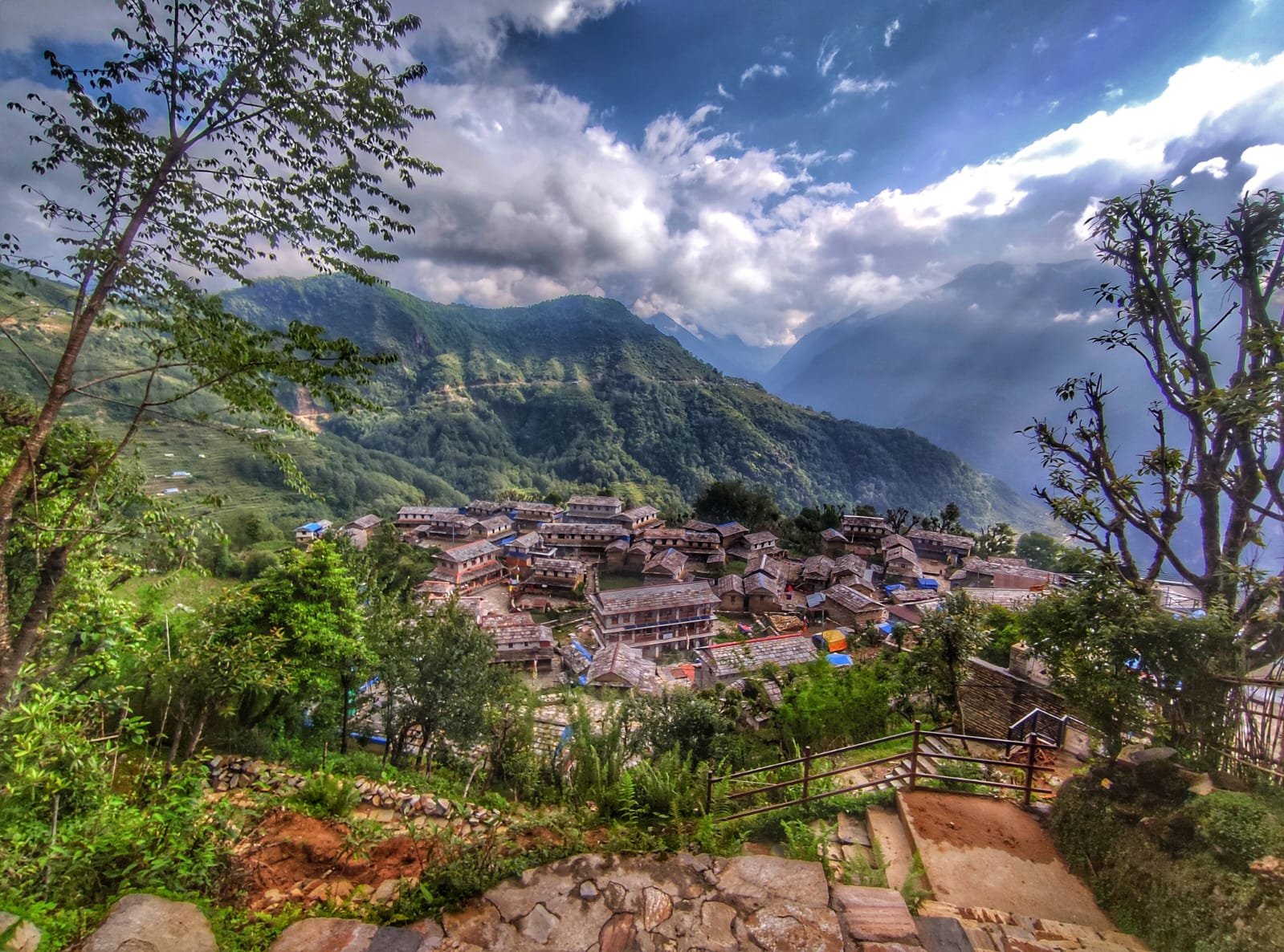

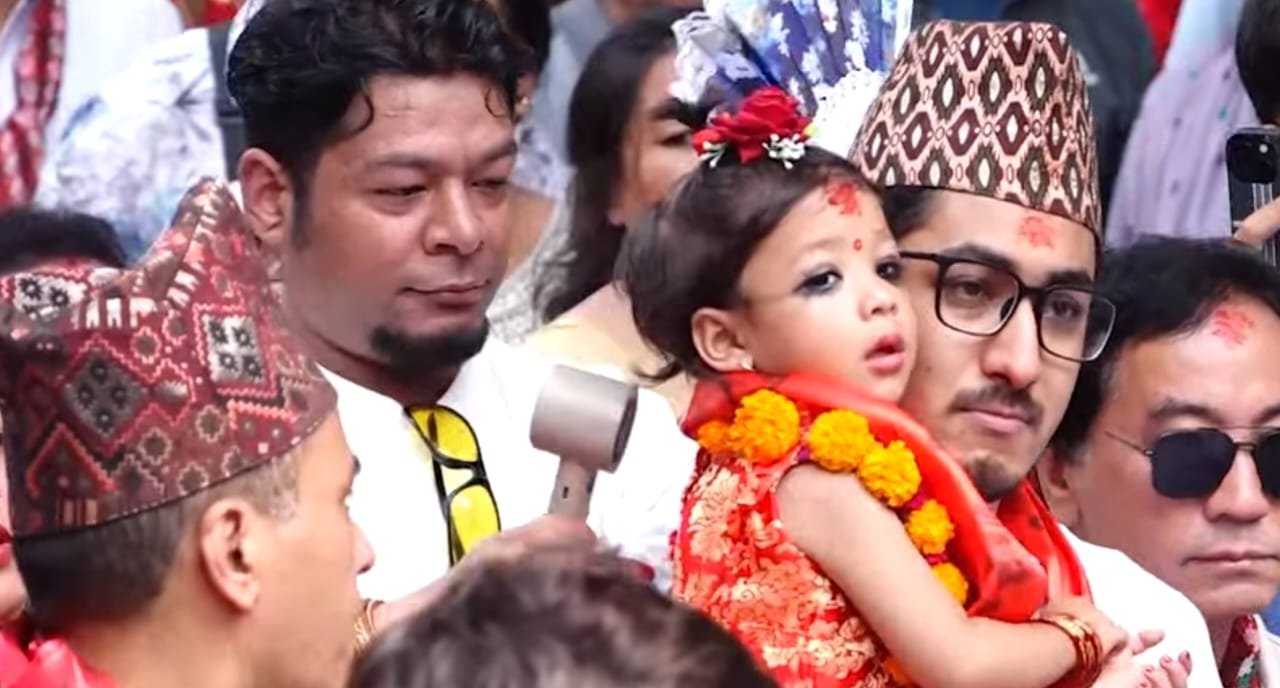
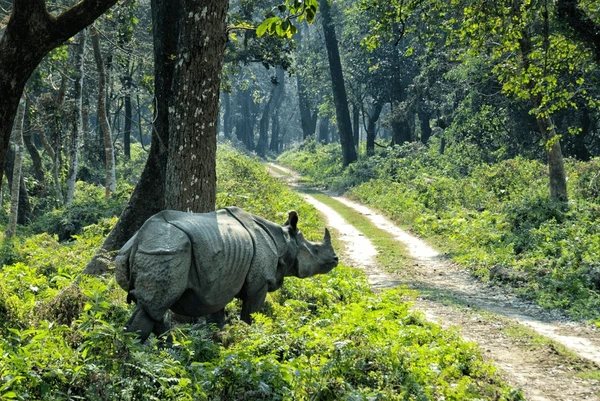
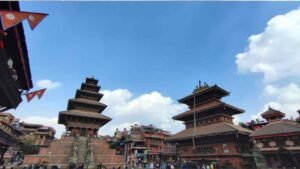

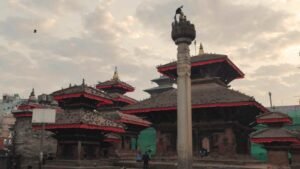
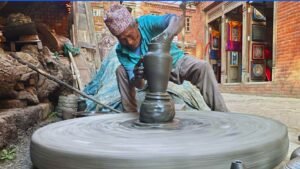
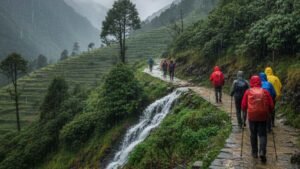



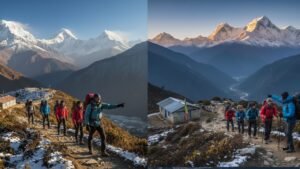

Post Comment